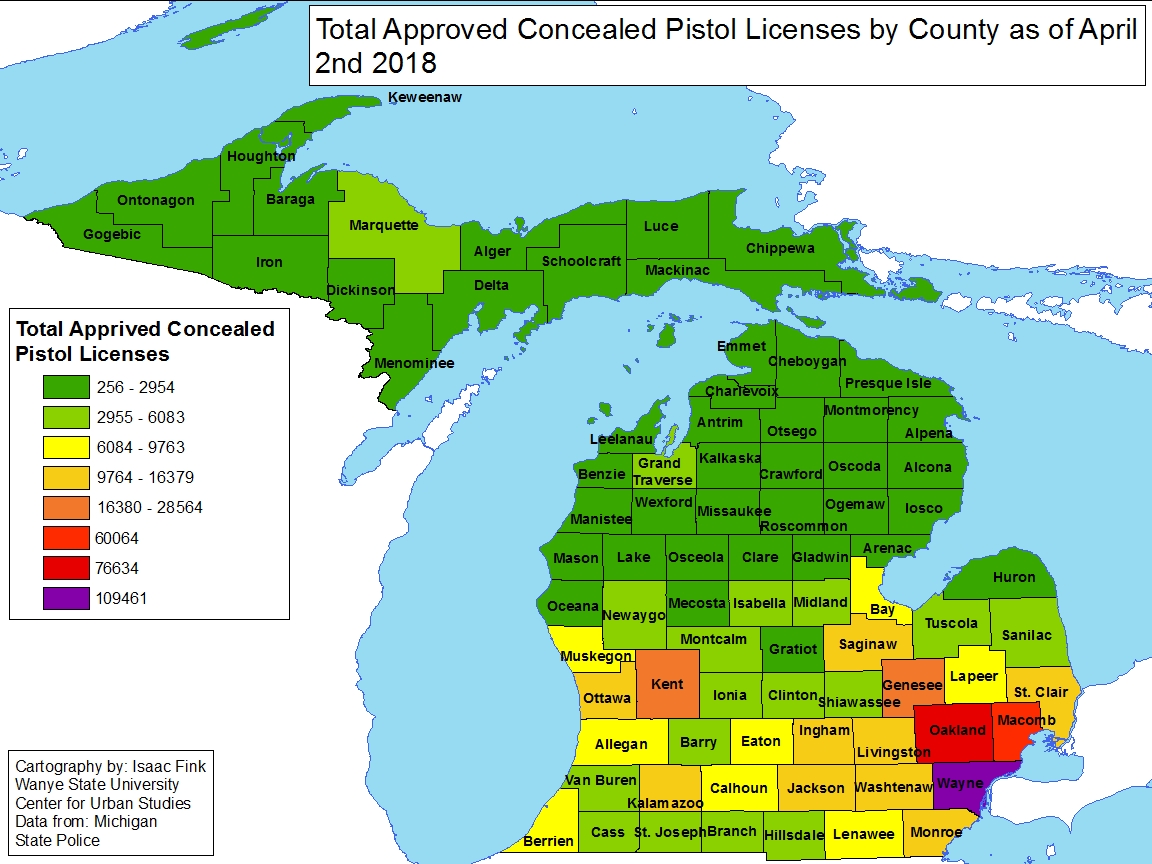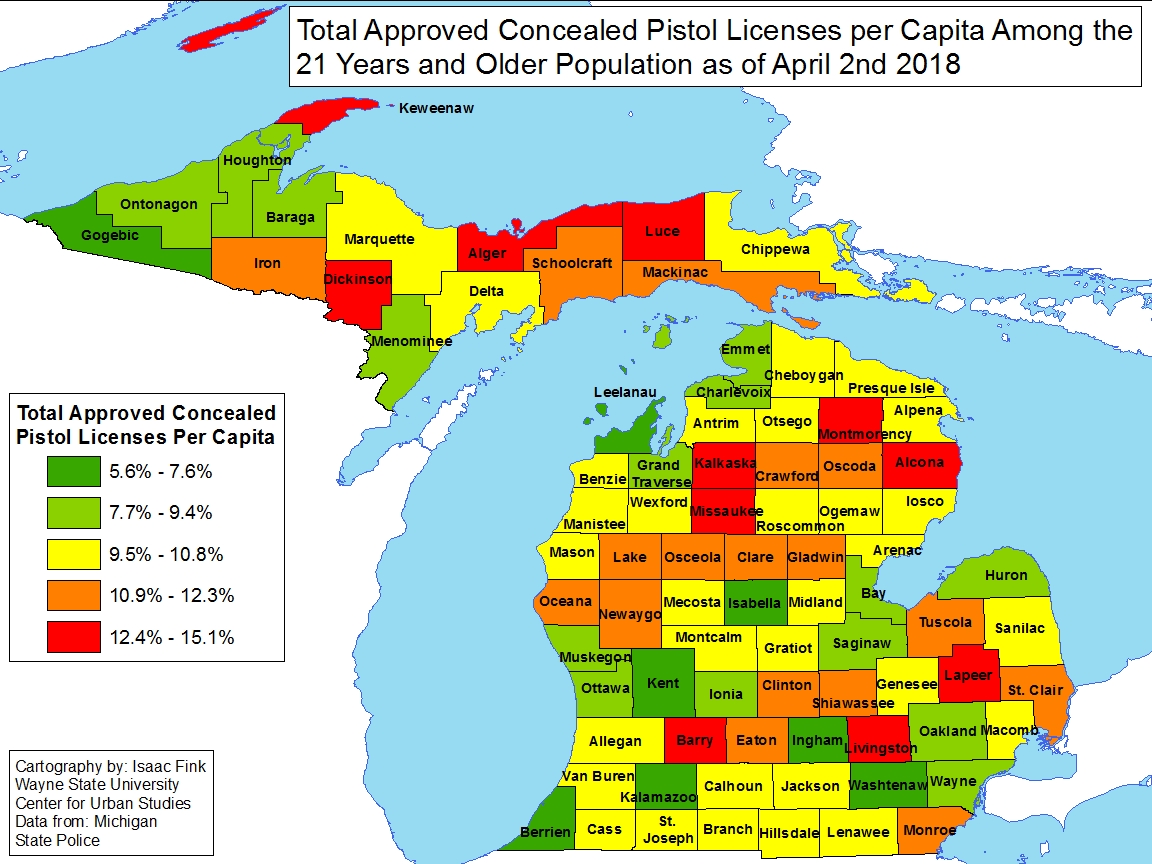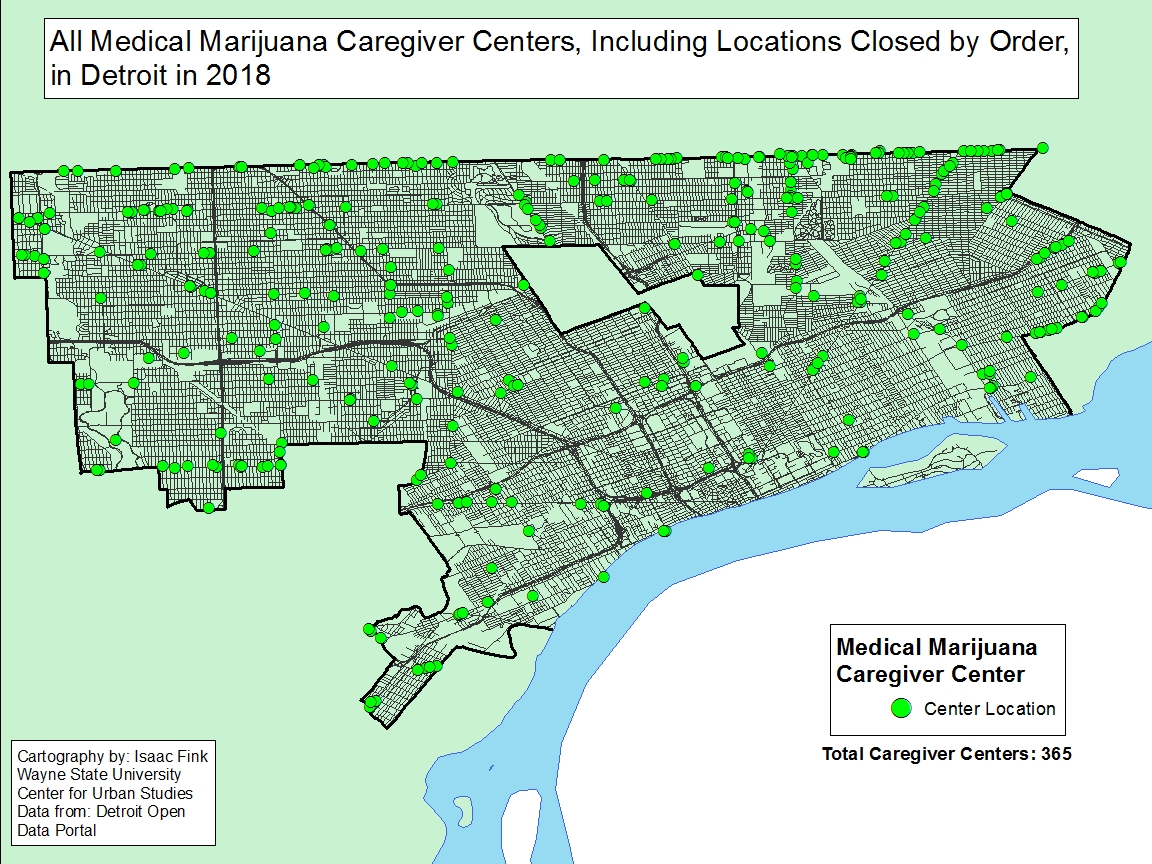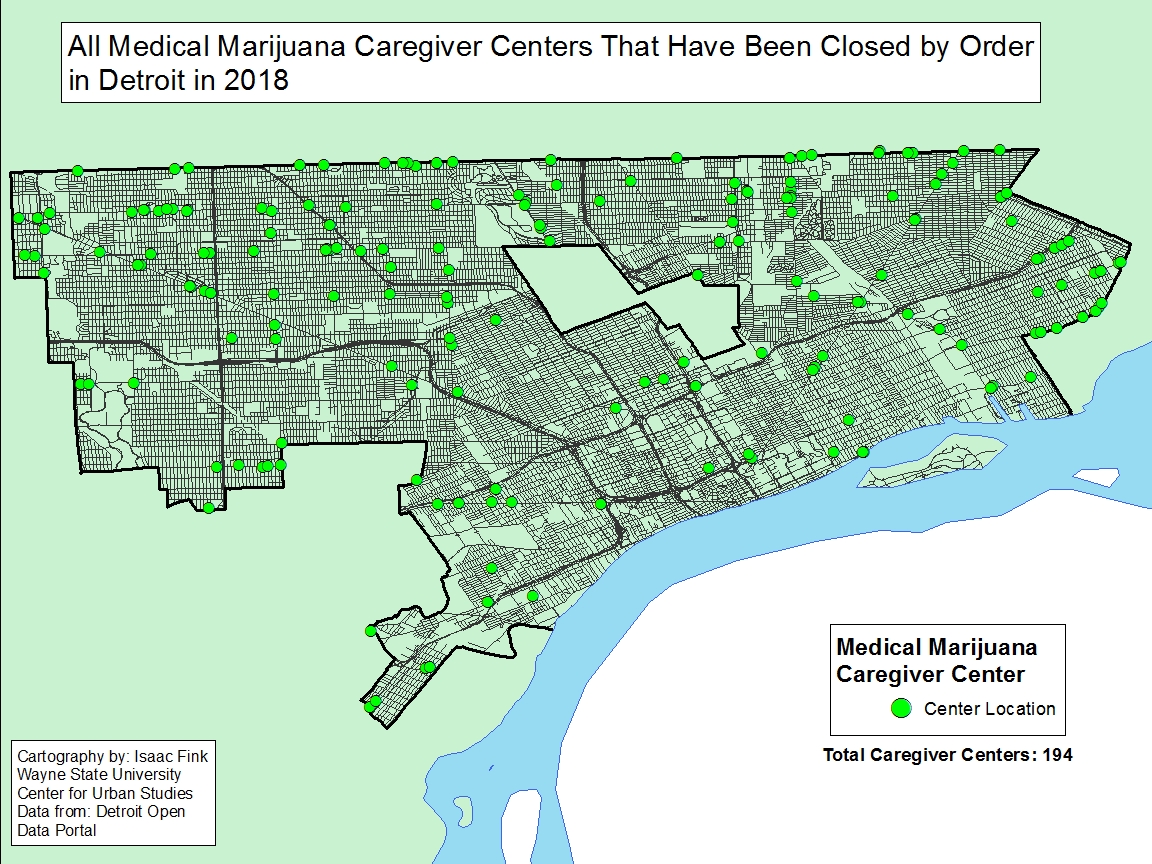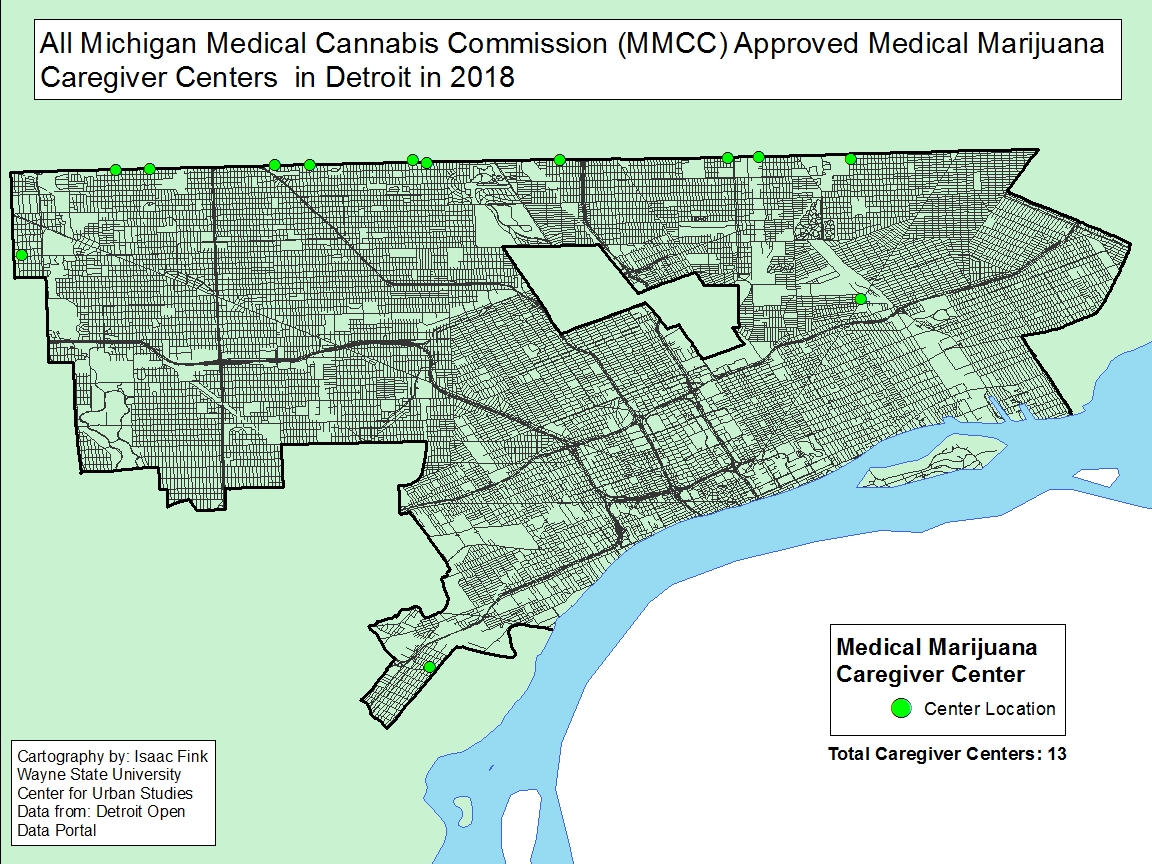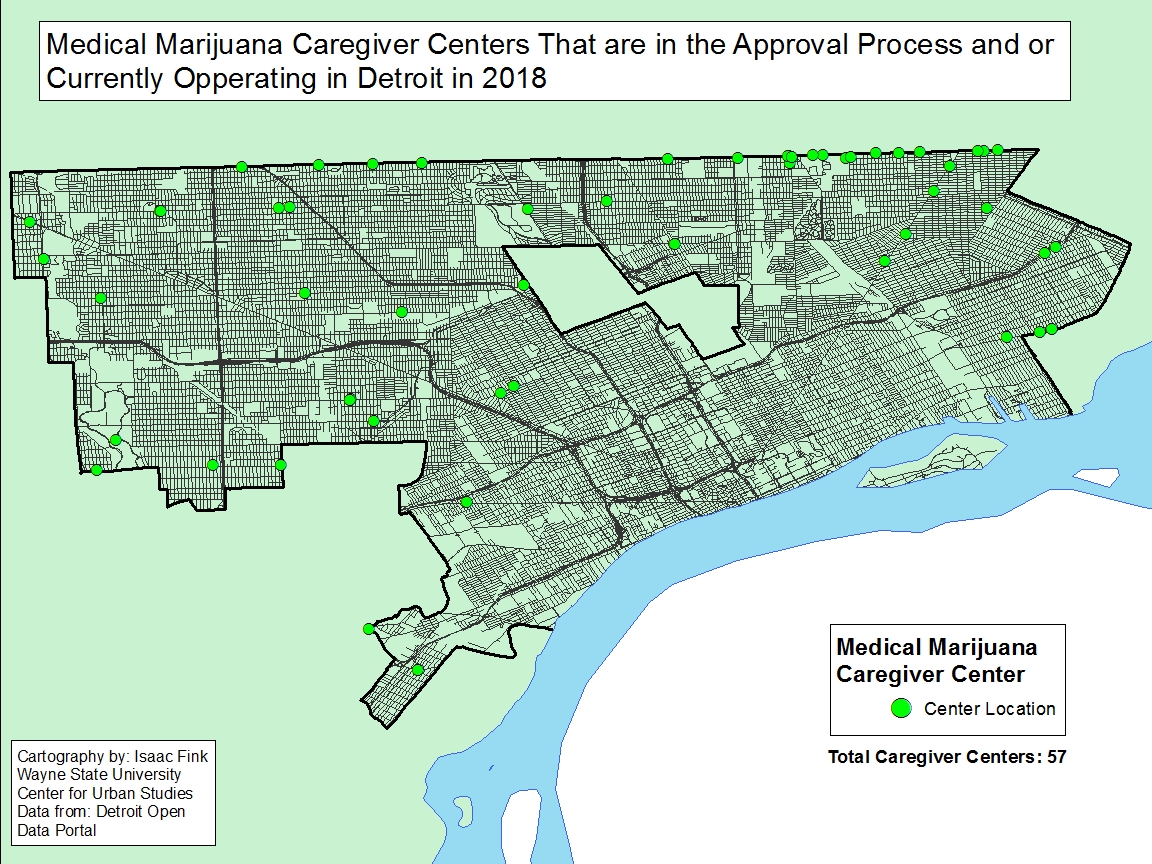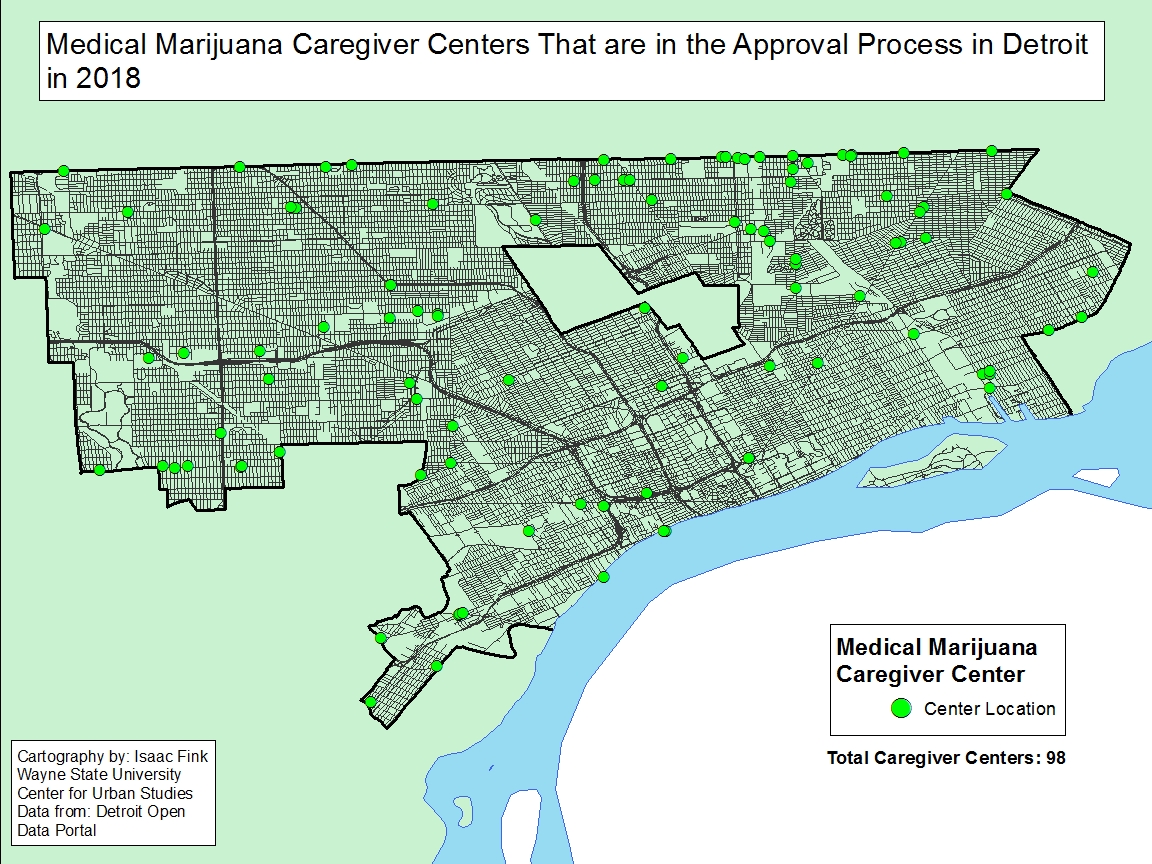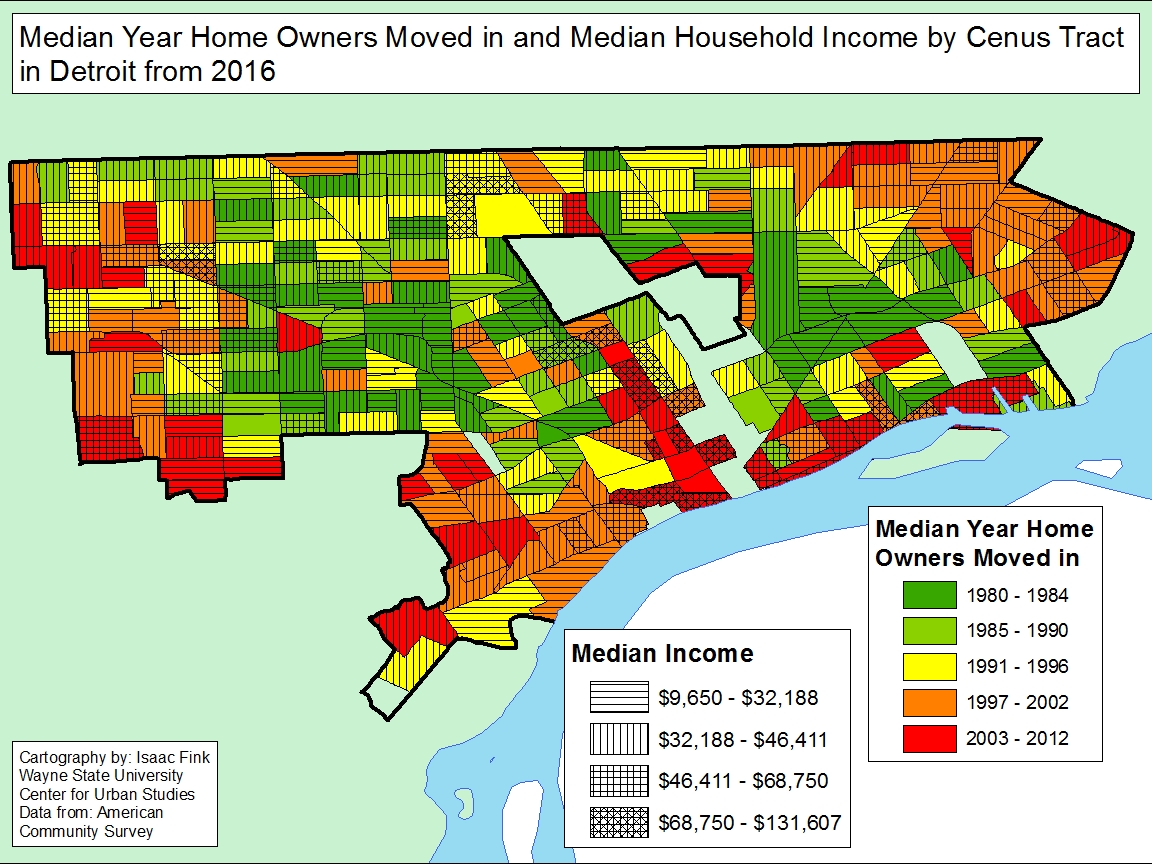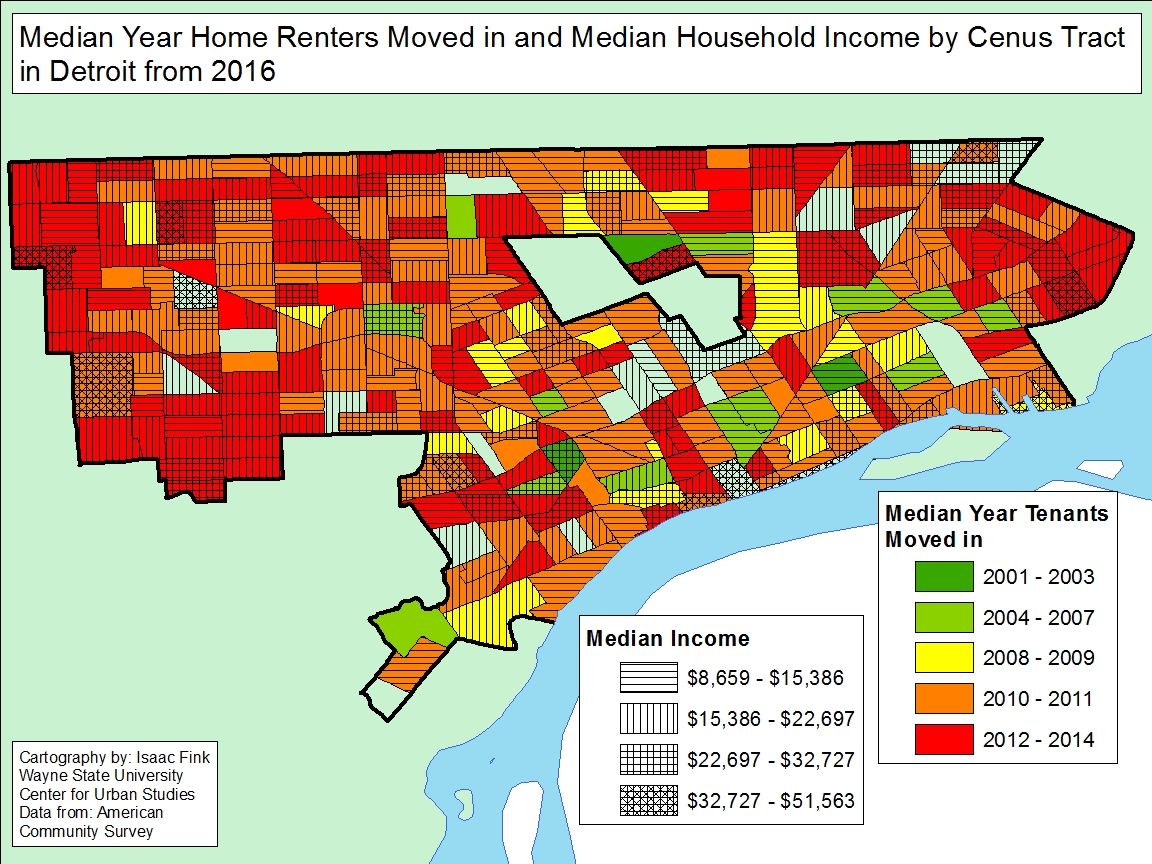- The unemployment rate increased at the state level, minimally, and decreased in Detroit (monthly);
- Union membership in Michigan increased between 2016-2017;
- Regionally, Washtenaw County’s unemployment rate was the lowest;
- Housing prices slightly decreased from November to December.
In February of 2018 the unemployment rate for the State of Michigan was 5.2, a slight decrease from the January unemployment rate of 5.3, according to the most recent data provided by the Michigan Department of Technology, Management and Budget. The State unemployment rate for February was 0.1 point below what it was in February of 2017.
The Detroit rate was 2.5 points lower in February of 2018 than in February of 2017. In February of 2018 Detroit’s unemployment rate was reported to be 9.5, this was 0.4 points lower than the month before.
The chart above displays the unemployment rates for each of the seven counties in Southeastern Michigan for February of 2017 and 2018. St. Clair County had the highest unemployment rates for both 2017 and 2018 (6.4 and 5.7 percent, respectively). Washtenaw County had the lowest unemployment rates in 2017 and 2018 during the month of February; Oakland County also had the lowest unemployment rate in the region in 2018. In February 2018 the Washtenaw County and Oakland County unemployment rates were 3.6. In 2017, the unemployment rate in Washtenaw County was also 3.6, meaning there was no change from one year to the next. Monroe County’s unemployment rate also remained unchanged between 2017 and 2018; for both years it was reported to be 5.3.
Wayne and St. Clair counties were the only two in the region with unemployment rates above at or above 5.5 in February of 2018. These two counties also had the largest unemployment decreases between February of 2017 and February of 2018. The decrease was 0.7 for both counties. All counties experienced a decrease in unemployment rates, except for those where the rates remained unchanged.
The percentage of the employed workforce with membership in a union increased between 2016 and 2017 in the State of Michigan, according to the Bureau of Labor Statistics. According to the data, 15.6 percent of the employed workforce were members of a union in 2017; in 2016 that number was 14.4. With 15.6 percent of the employed workforce being members of a union, that equated to 658,000 employees; in 2016 606,000 employees were members of a union.
While the total number of union members has fluctuated over the last five years, there has been a significant decrease in the total number of union members since 2007. In 2007, according to the data, there were 819,000 union members, and by 2017 that number decreased to 658,000. The total percentage of the employed workforce that were members of a union was 19.5 percent in 2007. Again, the percentage that was members in 2017 was 15.6.
The above chart shows the Standard and Poor’s Case-Shiller Home Price Index for the Detroit Metropolitan Statistical Area. The index includes the price for homes that have sold but does not include the price of new home construction, condos, or homes that have been remodeled.
According to the index, the average price of single-family dwellings sold in Metro Detroit was $117,340 in December 2017; this was $210 lower than the average family dwelling price in November. The December 2017 price was an increase of $7,220 from December of 2016 and an increase of $13,570 from December of 2015 and an increase of $20,360 from December of 2014.




